Hands-On with Xiaomi MIX
Oct 25, 2016, 9:34 AM by Eric M. Zeman
updated Oct 27, 2016, 10:31 AM
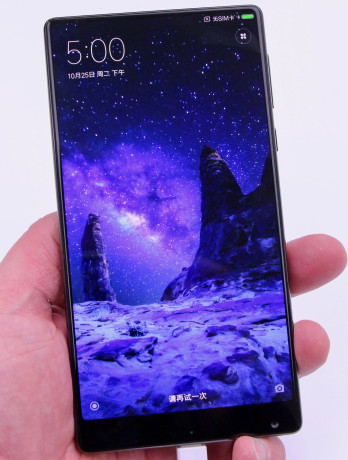
Xiaomi calls the MIX a "concept" phone even though it will ship in early November. This handset is similar to small-batch bourbon in that it is refined in a way no other device can be and is meant for a small number of people who appreciate the nicer things. Here are our initial impressions.
The MIX is Xiaomi showing off. This phone is an exceptional piece of hardware — but it's easy to be exceptional some of the time and much harder to be exceptional all of the time.
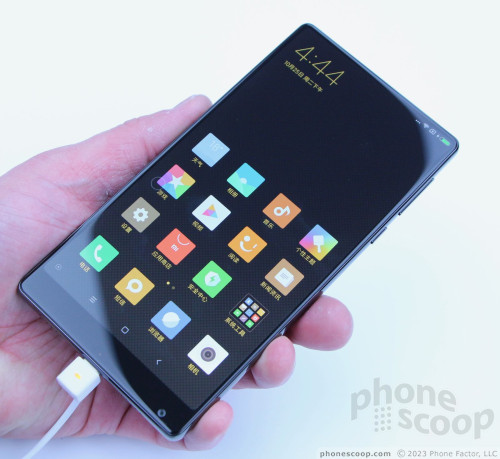
To start, Xiaomi wanted to create the largest-possible screen with the smallest-possible bezel. In that aim, it succeeded. The MIX has a 6.4-inch display that consumes 91.3% of the phone's front surface. That's about the highest screen-to-bezel ratio in the market. To put that into perspective, the iPhone 7 Plus has a screen-to-bezel ratio of about 67%. Only the Sharp Aquos was similar to the MIX with its edge-to-edge-to-edge screen.
MIX v. Pixel XL
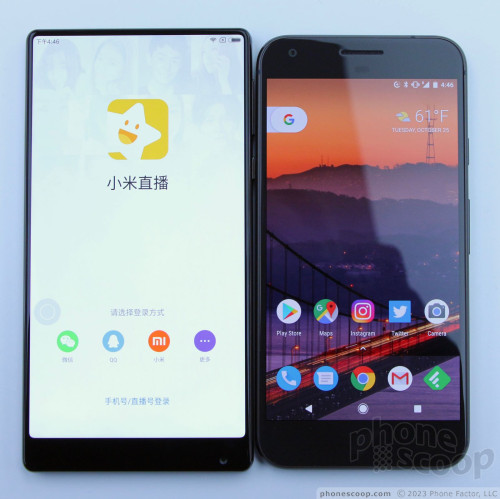
Like the Aquos did for Sharp, the Mix forced Xiaomi to face several immediate problems. Consider: with no bezel or forehead above the screen, where was Xiaomi to put the selfie camera, the earpiece speaker, and the proximity sensor? Xiaomi told us.
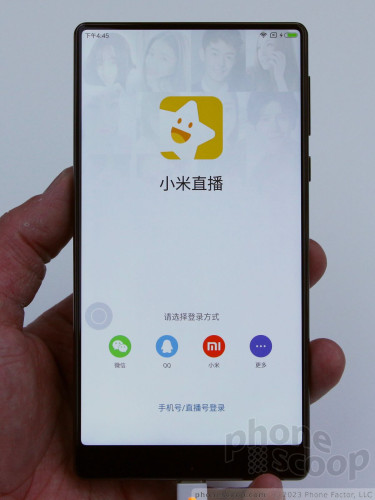
First, the selfie camera. Like Sharp did with the Aquos, Xiaomi moved the selfie camera from the top bezel to the lower bezel. Xiaomi out-thought Sharp, however, and created a reversible user interface for the camera: simply rotate the phone so the camera is on top and take pictures as normal.
Many phones use an infrared sensor to determine proximity. This is vital for phone calls. Without the proximity sensor the screen might remain on and active during calls, allowing your cheek to accidentally activate phone features or hang-up unintentionally. Xiaomi switched to an ultra-sonic receiver that uses sound waves to determine just how close your face is to the phone.
Last, the earpiece. The vast majority of phones have a speaker situated above the display that lines up with the user's ear for phone calls. With an edge-to-edge-to-edge display, there's no room for an earpiece. Xiaomi went with a piezo-electric actuator that generates micro vibrations within a resonance chamber inside the phone. This then creates the airwaves that our ears interpret as sound. (Sadly I was not able to make a test call to see how it sounds.) The idea isn't too dissimilar to bone conduction, which we've seen on phones from the likes of Kyocera. Bone conduction doesn't emit actual sound waves in the air, however, and Xiaomi's piezo actuator does. Totally neat.
If this isn't all "wow" enough to get your blood pumping, let me tell you about the ceramic exterior. Xiaomi worked with Philippe Starck, who designed Steve Jobs' yacht, to craft the overall appearance of the phone. It's flat-out sick.
You've never felt a material so smooth and appealing. the entire rear panel and all four edges are multi-layered ceramic to give it strength. The frame and rear panel are separate and use traditional Chinese joinery (think woodwork) to hold everything together without glue. The hand feel is simply to die for. I mean, it's a ginormously huge phone that normal human beings won't be able to use on a daily basis, but damn if it isn't hot.
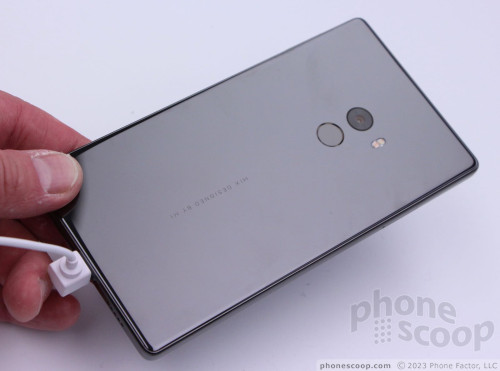
The panel itself is very attractive, there's no doubt there. Xiaomi hasn't published specs for it, but it is at least full HD. I found it to be extremely bright and colorful, even under the harsh glare of light in the experience room. Software controls adorn the screen itself, rather than the bezel below the screen. Even with the software controls active, the screen offers a 16:9 aspect ratio of viewable space.
Like the Mi Note 2, the SIM card is tucked into the left edge and the screen lock button and volume toggle are on the right. The profiles are a bit slim, but the travel and feedback are excellent. A standard headphone jack is on top and USB-C port is on the bottom along with some speaker holes.
The rear panel is solid ceramic save for the round camera module and round fingerprint sensor. The sensor is easy to find and use and the camera module is rather unobtrusive. Like the Note 2, the MIX runs Android with the MIUI skin on top.
The MIX also carries over most of the Note 2's specs, such as Snapdragon 821, 4 GB of RAM, and 128 GB of storage. The biggest differences are the camera, which drops from 23 megapixels in the Note 2 to 16 megapixels in the MIX, and the battery, which increases from 4,070mAh in the Note 2 to 4,400mAh in the MIX.
The MIX will be less available than the Note 2. First, it comes with support for only one or two US LTE bands. Second, Xiaomi is selling it online in China only to its fans. Third, the device is going to be essentially hand-made, according to Hugo Barra, due to the large number of custom components fitted within. That means definitely fewer than 1 million units are being made, and even as few as 100,000. Pricing will be close to $700 for the device when it goes on sale November 4.
So why bother with the MIX? It's a peek at the many exciting things to come from Xiaomi down the road.
Comments
piezoelectric speakers
>>>Your choice of words is confusing.
I used a Kyocera Torque phone with Kyocera's "Smart Sonic" speaker for a few years, it worked great. Besides giving great sound when held to the ear (even when wearing hearing protection earmuffs around noisy equipment), the Kyocera Smart Sonic speaker could deliver ear-splitting speakerphone performance. So in Kyocera's case, it did NOT rely simply on bone conduction, and Smart Sonic emitted PLENTY of sound directly to the air, no flesh contact necessary. In other words, Kyoce...
(continues)


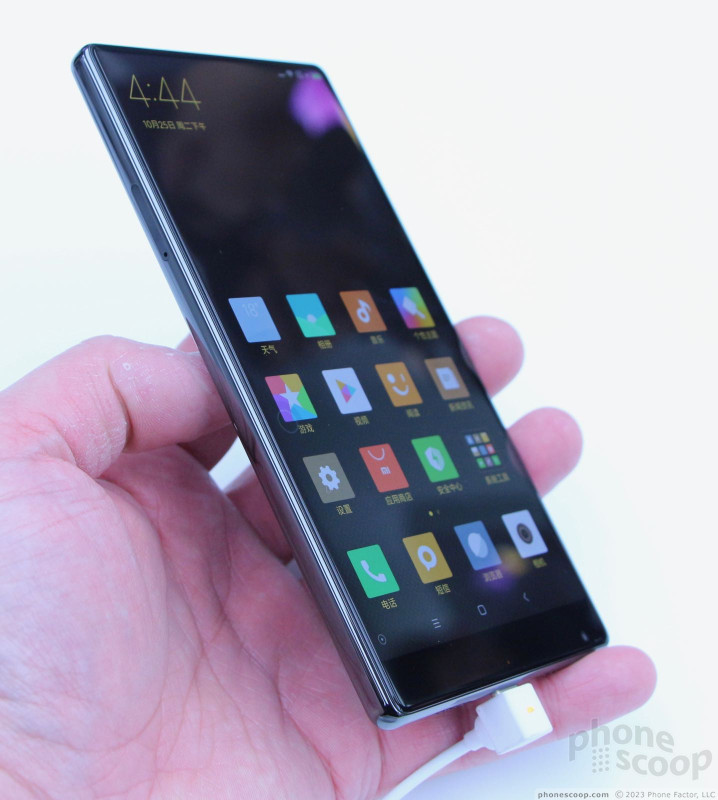
















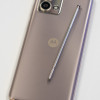 Hands On with the moto g stylus 5G (2023)
Hands On with the moto g stylus 5G (2023)
 Hands On with the TCL 50 XE NXTPAPER 5G
Hands On with the TCL 50 XE NXTPAPER 5G
 Hands On with the Motorola razr and razr+ (2024)
Hands On with the Motorola razr and razr+ (2024)
 Hands On with the Boost Summit 5G
Hands On with the Boost Summit 5G
 Hands On with JLab's $30 ANC Earbuds
Hands On with JLab's $30 ANC Earbuds

